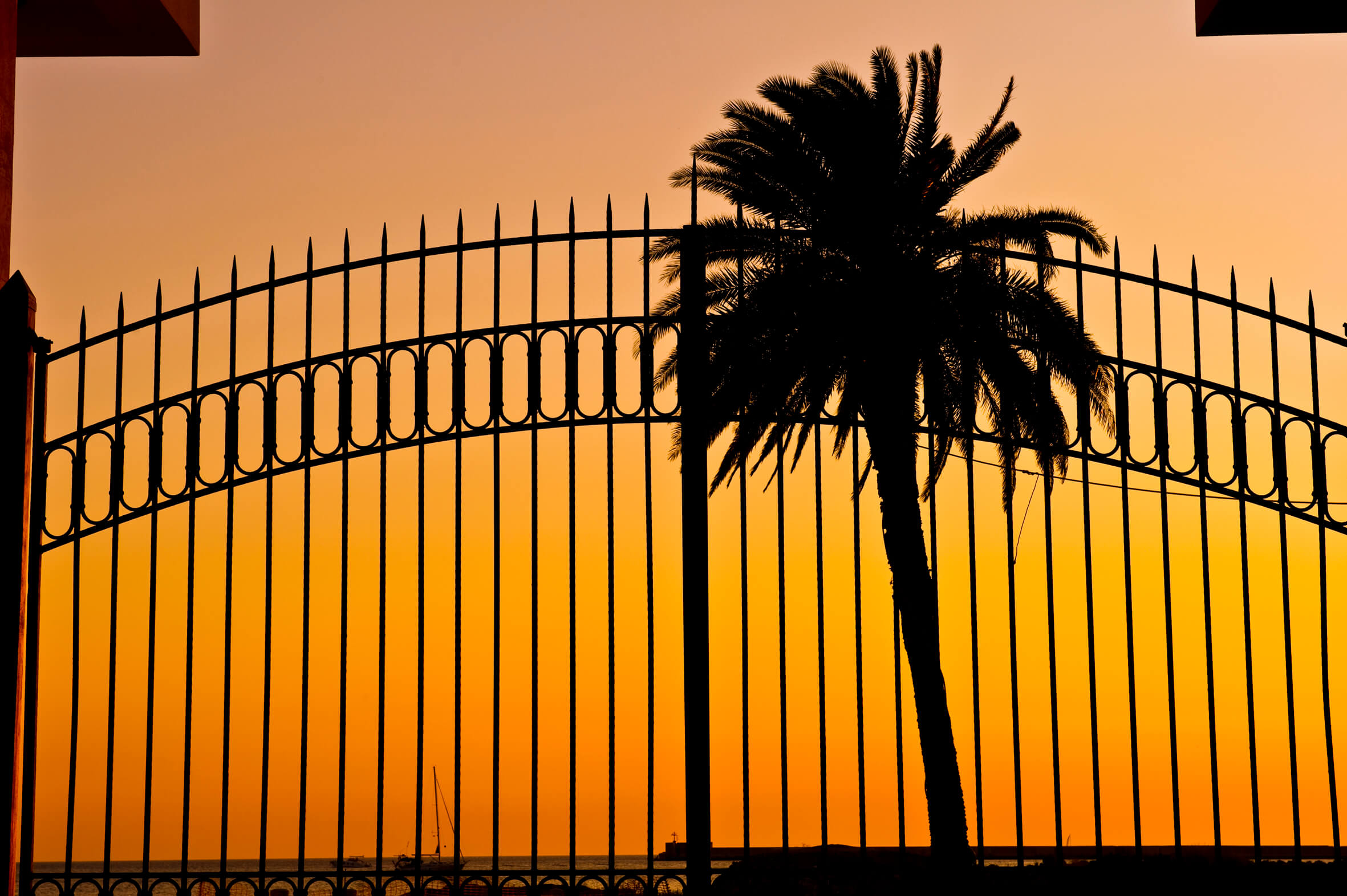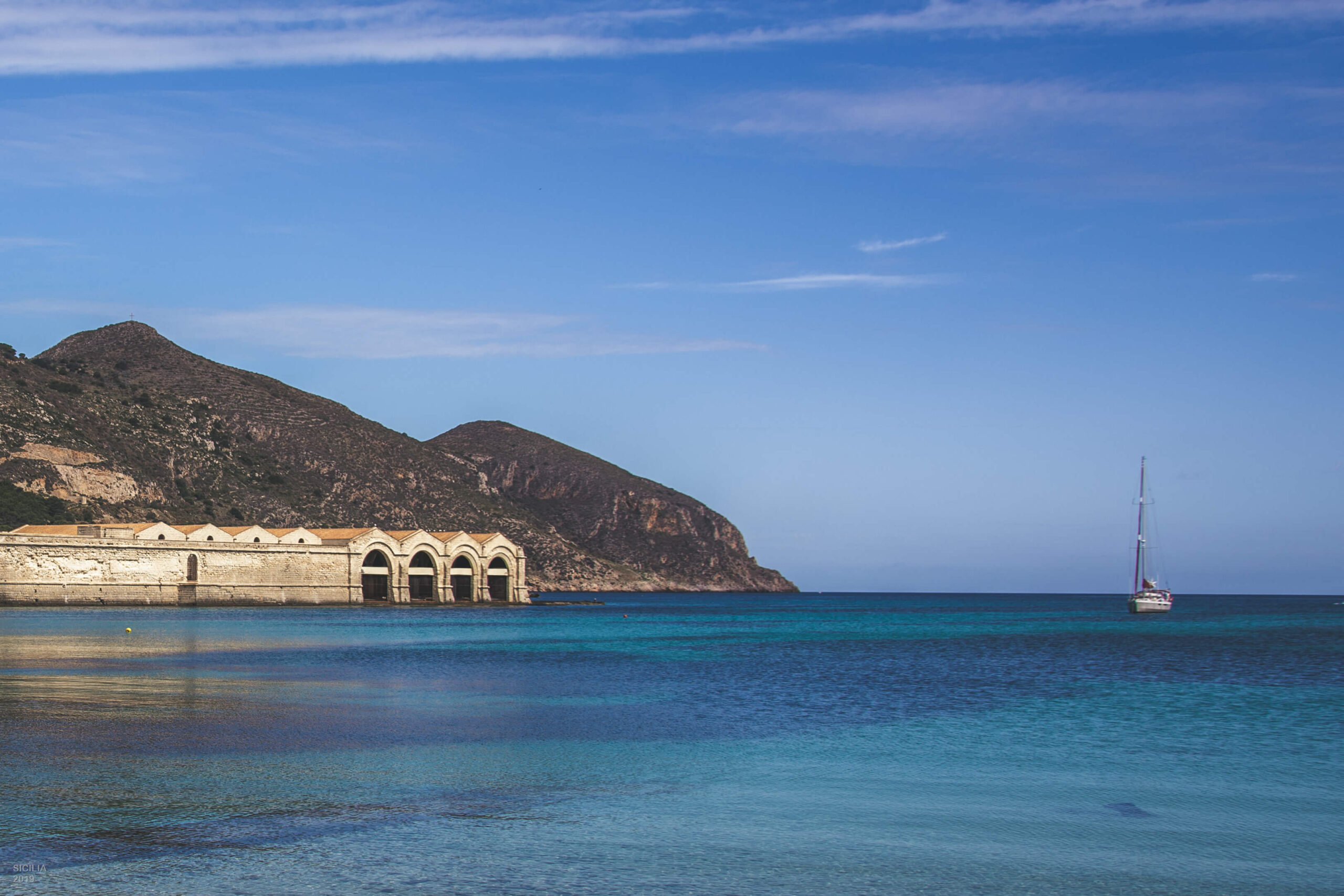Route to Marsala: what to see in a day
It may not be widely known that the name of the city of Marsala (Marsah-Allah), of Arab origin, means ‘port of God’. This beautiful city on the coast of western Sicily is steeped in history, culture and nature. It is also home to the wine of the same name, Marsala… Florio of course!
A tourist attraction, but not overly touristy, the city of Marsala lures food, wine, history and outdoor sports enthusiasts from Italy and abroad every year. For those lucky enough to spend a few hours here, we would like to recommend the four attractions not to be missed if you are in Marsala for just one day. Let’s begin!
The historic centre
The historic centre of Marsala is not very big, but the added value of this place is that visitors can admire most of the attractions by taking a short walking tour with a few must-see stops.
The first stop could be the famous Porta Garibaldi (Garibaldi Gate), the one Garibaldi entered with the Thousand on 11 May 1860. Walking along Via XI Maggio, better known as the ‘Cassaro’, is an experience not to be missed. You then arrive in the elegant Piazza della Repubblica, the heart of the city, home to the Palazzo Comunale (city hall) with its portico, and Marsala Cathedral dedicated to Thomas of Canterbury.
While strolling along the white streets of the city centre, you can also catch a glimpse of historical residences such as Palazzo Fici and Palazzo Burgio-Spanò. You can then proceed to the Mercato Antico, a fish market during the day and the nightlife hub of Marsala in the evenings.
The pink waters of the Salt Pans
The history of the salt pans dates back to ancient times. The Phoenicians were the first to install salt pans there to extract salt. The very low water level and the favourable climate made this coastal area an ideal site for its production.
The lagoon where they are located is the Stagnone lagoon, featuring a unique natural heritage that is fascinating in all seasons.
However, it is even more spectacular in summer, when salt is collected and the water in the pools acquires pinkish hues, shimmering in the setting sun.
The Stagnone Lagoon and the Salt Pans
Michelangelo Antonioni, who was commissioned to shoot a documentary commercial about Sicily in 1997, decided to keep the Stagnone sunset as the final scene.
The lagoon is one of the largest in Sicily with four small islands within it (the Isola Grande, the first island protecting the lagoon from the open sea, San Pantaleo, Santa Maria and Schola).
The only inhabited island is San Pantaleo, the site of the ancient Phoenician city of Mozia (destroyed in 400 BC by the tyrant of Syracuse, Dionysus I) and the small Whitaker Museum, which houses interesting collections and artefacts found on the island. Its jewel in the crown is the so-called ‘Giovinetto di Mozia’, a statue dating back to the 5th century BC representing a handsome young man, probably a high-ranking officer, in a sensual and casual pose.
The Florio wine cellars
There are many versions about the birth of Marsala and its history. What we can tell you for certain is that Vincenzo Florio, the first Italian entrepreneur in a market that until then had been monopolised by the British, founded the Florio wine cellars in 1833 in Marsala. He helped to change the economic and social structure of the city and inland Sicily forever, thanks to his modern and enlightened mindset.
Nowadays, after almost 200 years, the Florio wine cellars continue to exist, representing, for wine lovers all over the world, the history and innovation of one of the best-loved products of Sicilian winemaking, Marsala wine.
We recommend you book a guided tour of these evocative wine cellars, steeped in history and vitality, to discover all the secrets of Florio Marsala wine.
Click here to discover all the available types of tour.



